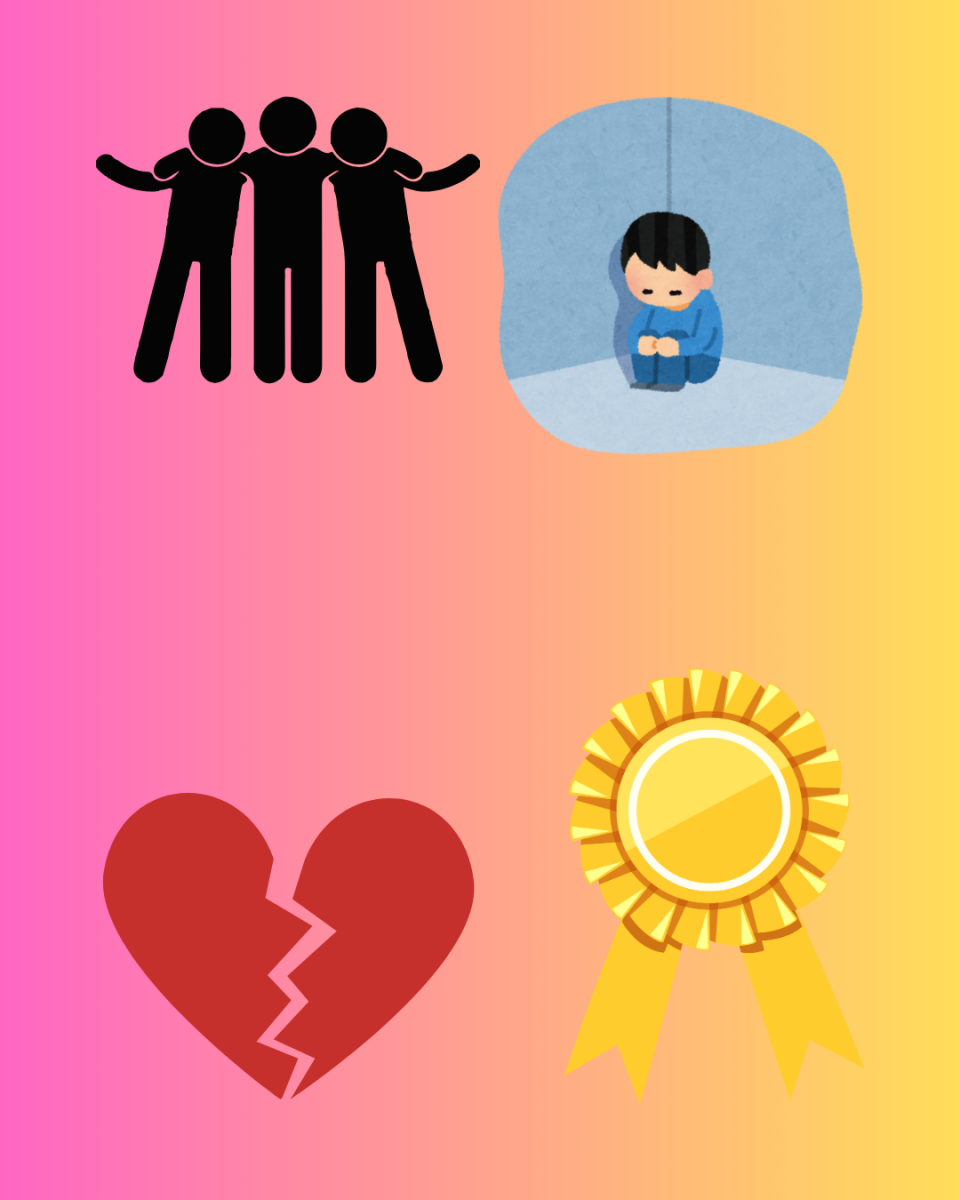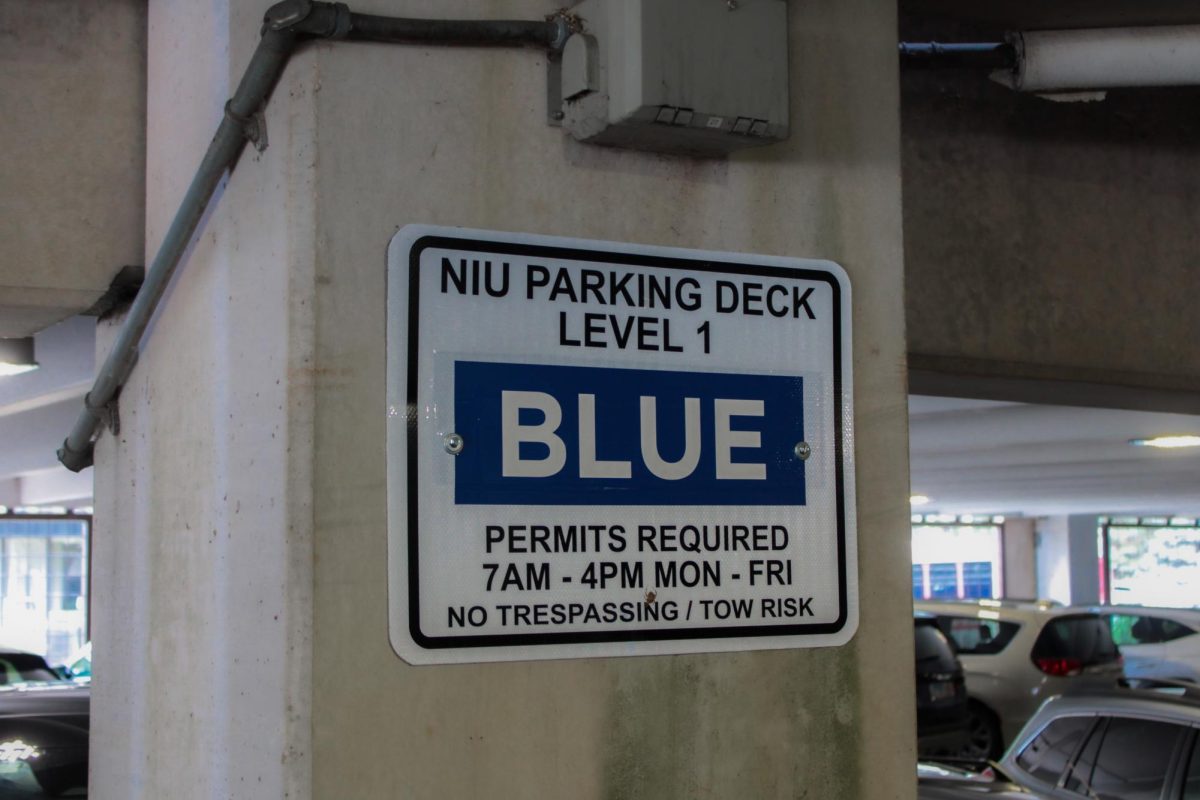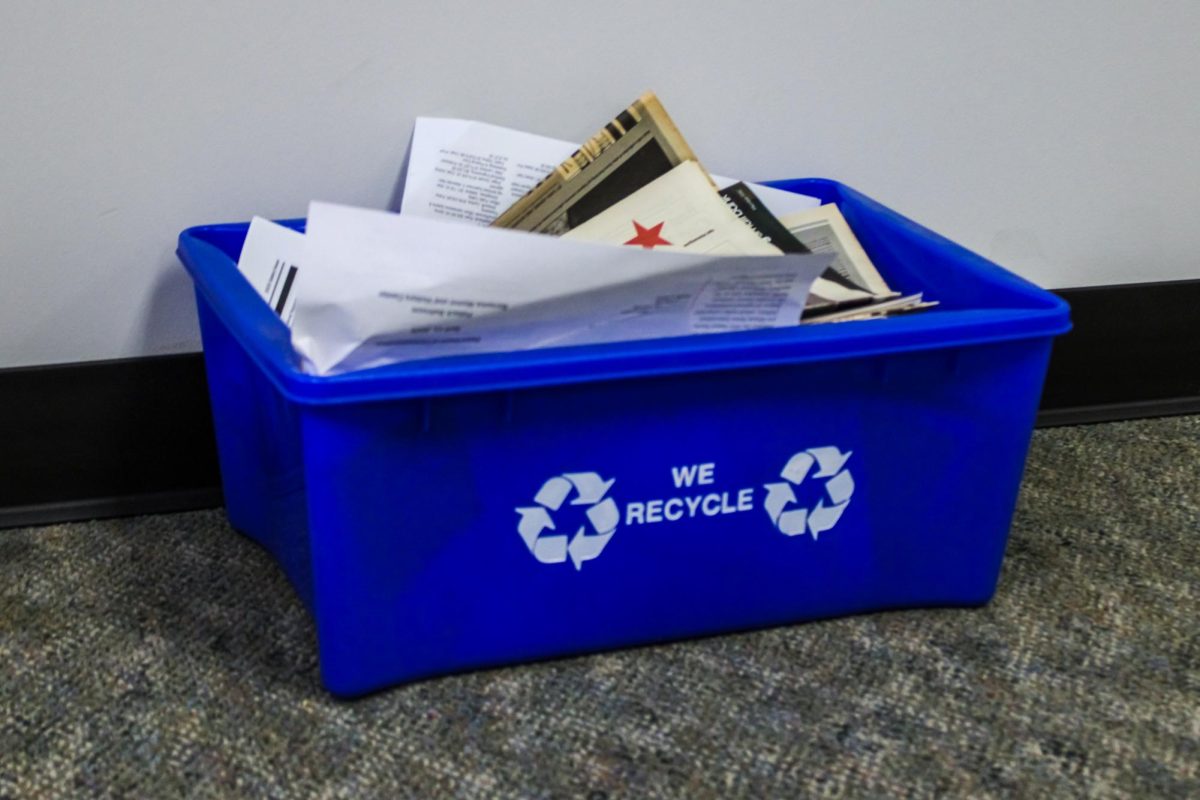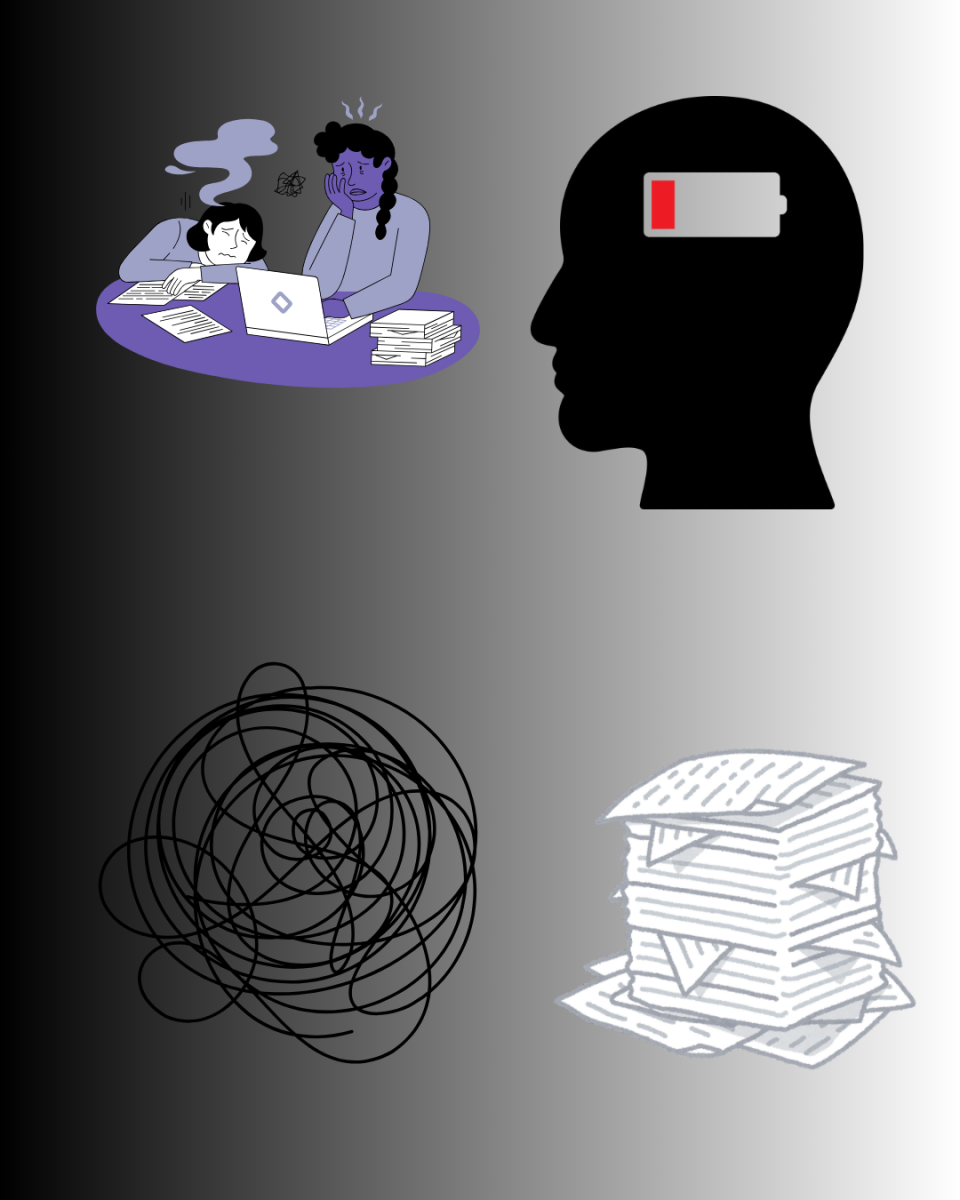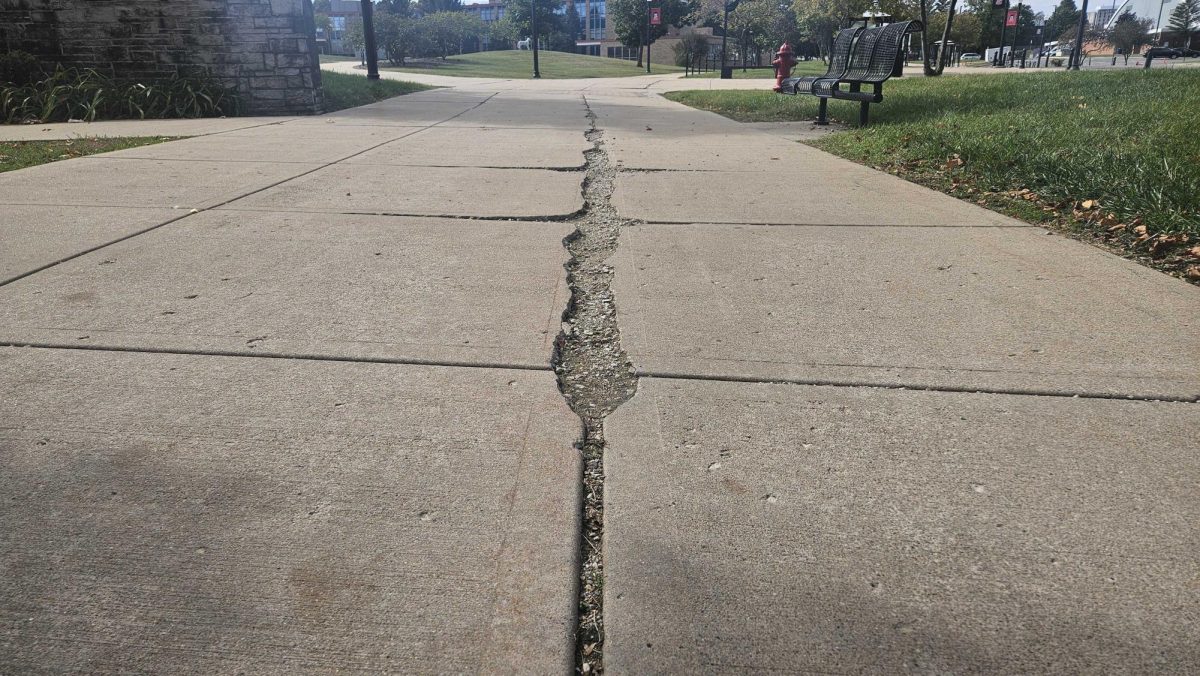Don’t remove the leaves in your yard this fall. Nature’s got better things to do with them, and you’ve got better things to do in nature.
But before humans came around with our own – often flawed – beauty standards, grass still grew green without landscaping tools, flowers bloomed without pesticides and nature got along just fine without raked leaves.
Turned leaves aren’t just plant corpses signaling darker times to come, they’re participating cogs in a beautiful natural cycle. And their curtain doesn’t close when they fall.
In fact, fallen leaves – blanketing the Earth in shades of amber, maroon and honey – play an important role in maintaining soil health. Leaves are organic: When they hit the ground and begin to decompose, they add tons of organic matter and nutrients to the soil – essentially serving as natural fertilizer.
Leaves also aid insect populations, serving as a habitat for countless species. What looks like a layer of brown and orange leaves to human eyes is actually a metropolis of insect life.
Examine the underside of leaves, and you may find countless evidence of insect nurseries such as wasp egg casings, beetle exoskeletons, caterpillar cocoons and chrysalises. For bugs, leaves serve as camouflage, insulation, cushy and safe beds for dreams of spring.
When we remove leaves, we’re removing the infrastructure of intricate invertebrate utopias – leaving hibernating species vulnerable to colder, winter temperatures – and we’re removing the buffet table of the birds and small mammals that eat them.
The interconnected nature of nature demands that what impacts one species, impacts them all. Eventually the pattern even gets to us: Removing lawn leaves decreases soil’s capacity to capture carbon and protect the atmosphere from climate change, which intelligent people are aware we really need to do.
So why give yourself extra work for a poorly-constructed perspective of organization, in a natural setting that was never meant to be organized?
You deserve better this autumn. Instead of lawn chores, jump out there and catch some drifting leaves, collect your favorite shapes – maybe curvy oaks, classic maples or fern-like locusts, and snap some vermillion sunset photos. Like the National Wildlife Federation promotes each October, take a chill pill, folks, you can leave the leaves.





